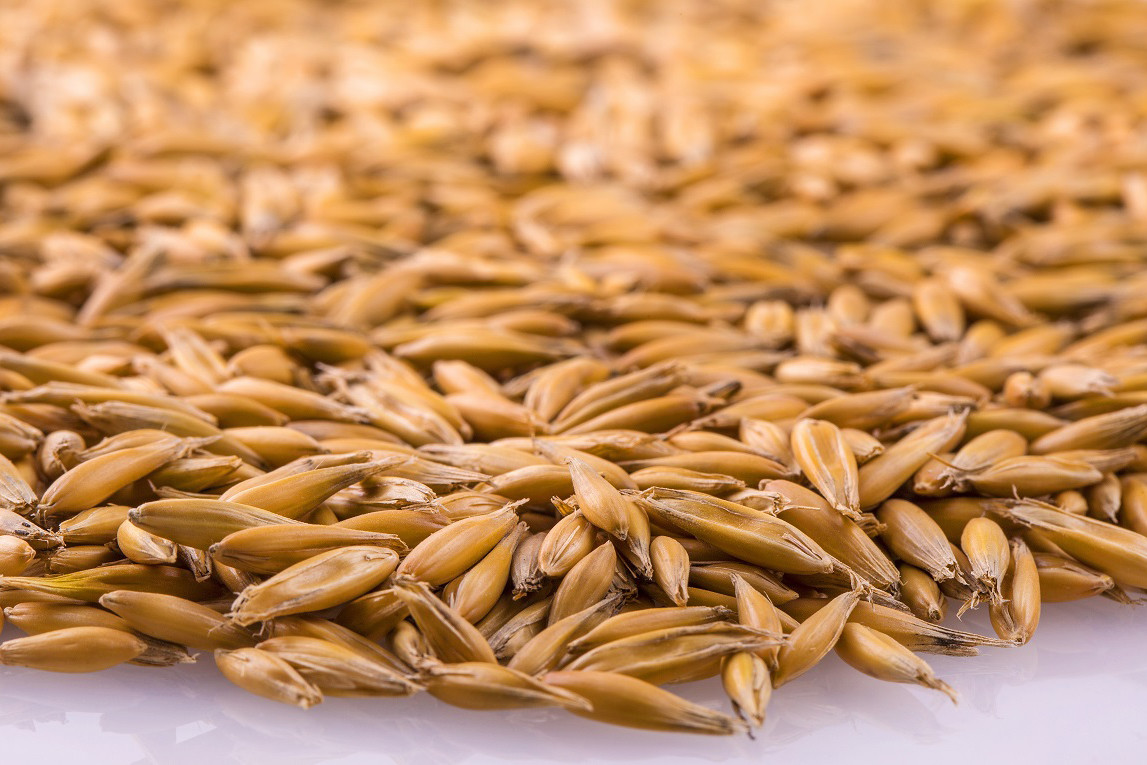Done with DON and any other toxin

The international agency research on cancer (IARC) has classified aflatoxins to be carcinogenic to humans. Ochratoxin A and Fumonisins B are possibly carcinogenic. Trichothecenes and zearalenone are noncarcinogenic but may induce other adverse effects. In food legislation, maximum levels of mycotoxins are registered to protect human health, but what about animal health and performance?
An optimal temperature and an appropriate water activity are the main parameters that determine fungi growth. Worldwide, pre- and postharvest fungi contaminate raw materials with mycotoxins. Aflatoxins and fumonisins are present in the tropical and subtropical regions, whereas ochratoxins are present in the more moderate climate zones.
The occurrence of trichotecenes and zearalenones can be seen worldwide. Due to this worldwide presence and the threat to human health, more than 100 countries have a legislation in place controlling mycotoxins in food. However, animal health and performance also need to be considered.
Mycotoxin content in animal feed
In a lot of countries there is no legal basis to limit the mycotoxin content in animal feed raw materials. Even when we look at the countries using maximum levels and guidance values (e.g. European Union, the United States, China), the latter are in most cases inadequate to ensure animal health, welfare and performance. For this reason, Nuscience applies its own practical guidance for mycotoxins. Our technical experience in the farm showed that contamination levels, still within the guidance values, already have negative effects on the performance of the animal.
Legislation is always focusing on one single mycotoxin. In practice, however there is always a contamination of multiple mycotoxins having a synergistic detrimental effect. Secondly, there are mycotoxin metabolites that cannot be monitored, so called ‘masked mycotoxins’. When a mycotoxin enters the plant, a defence system is triggered. The plant can metabolise the mycotoxin and incorporate the metabolite in the cell wall or store it in the vacuole. This metabolite is non-toxic for the plant itself, but when eaten by the animal, it may induce negative effects. Finally, an animal with a low resistance and high stress level may be affected more by a mycotoxin contamination.
Mycotoxin monitoring starts with sampling
From the above it is clear that it is of utmost importance to monitor mycotoxins closely. Monitoring starts with collecting a sample which is representative for the batch of raw material. About 85% of the error in determining your mycotoxin concentration is due to wrong sampling. Results of analysis must be available quickly to avoid contamination in production.
With the Quantitox, a small Nuscience mycotoxin analysis device, it takes only 30 minutes to prepare the representative sample and know the contamination results of your raw materials. The Quantitox lateral flow reader is able to quantify the following 6 mycotoxins:
- fumonisin,
- DON,
- OTA,
- aflatoxin,
- ZEA and
- T-2 toxin.

The quantitative determination of the mycotoxin contamination level enables to choose the optimum Vitafix toxin binder and its optimal dosage. The Vitafix range (Table 1) uses three strategies to counter the mycotoxins: (i) wide adsorbing range leaving essential nutrients unaffected; (ii) a biotransformation strategy needed to transform unadsorbable mycotoxins (e.g. DON) into harmless metabolites. (iii) supplementation of supporting agents to reduce the negative effects of all mycotoxins and promote the recovery of affected organs.
DON attracts a lot of attention
Due to the wide occurrence of DON in feed cereals and its toxicological effects in the animal, DON has attracted a lot of attention. Because of the inability to adsorb DON, it is perhaps the most difficult mycotoxin to counter using traditional strategies. By increasing the concentration of free radicals, DON induces an imbalance of the antioxidant capacity in the animal. It is, however, possible to counter these oxidative effects Vitafix Ultra (see Table 2).











